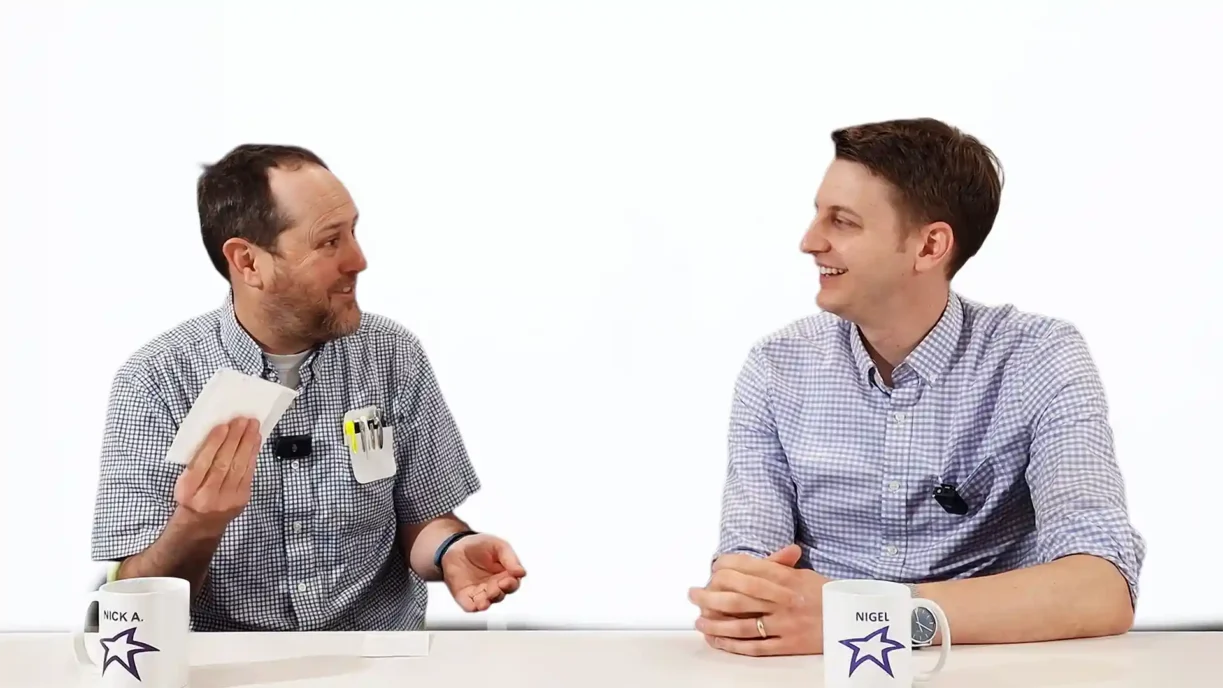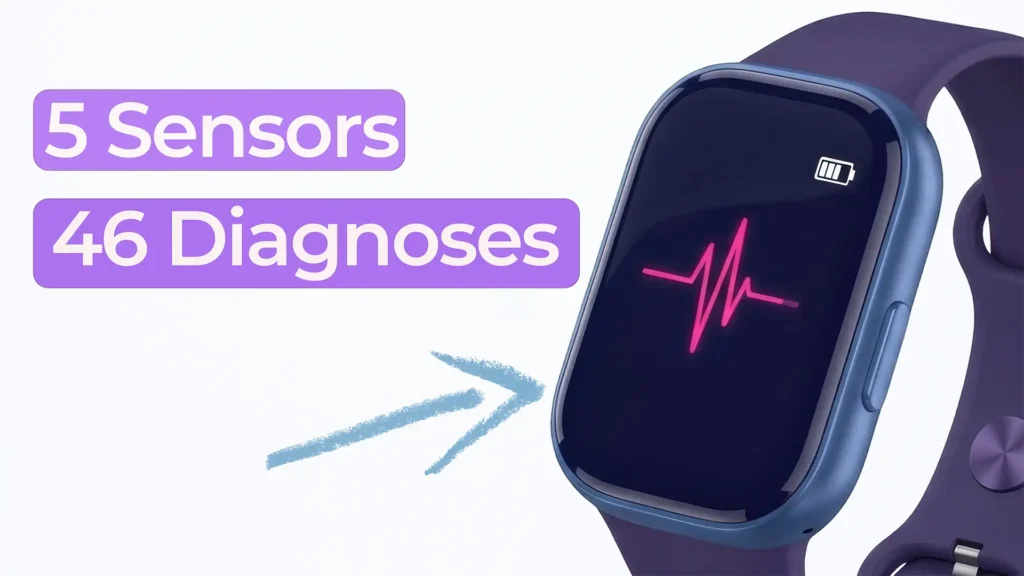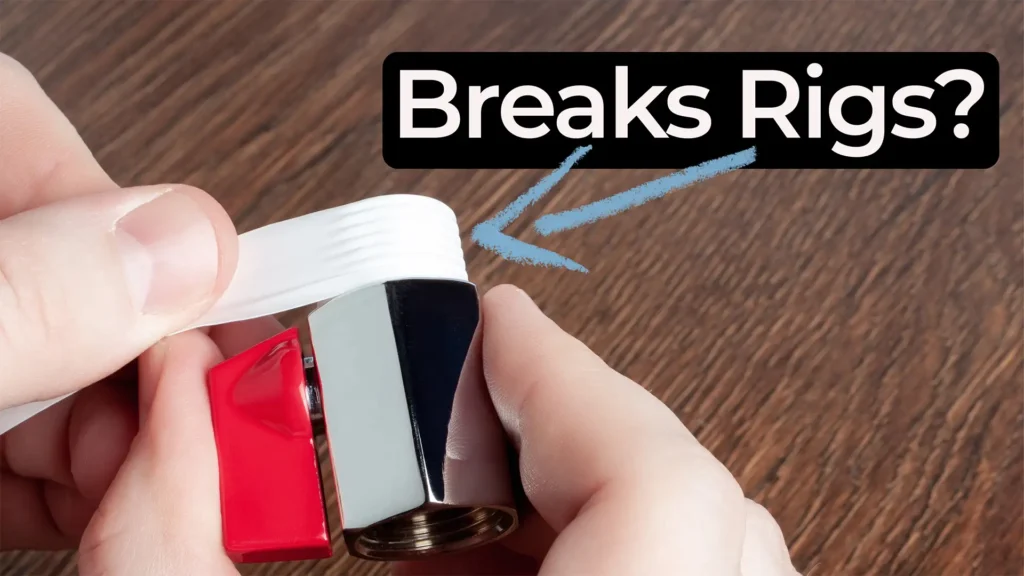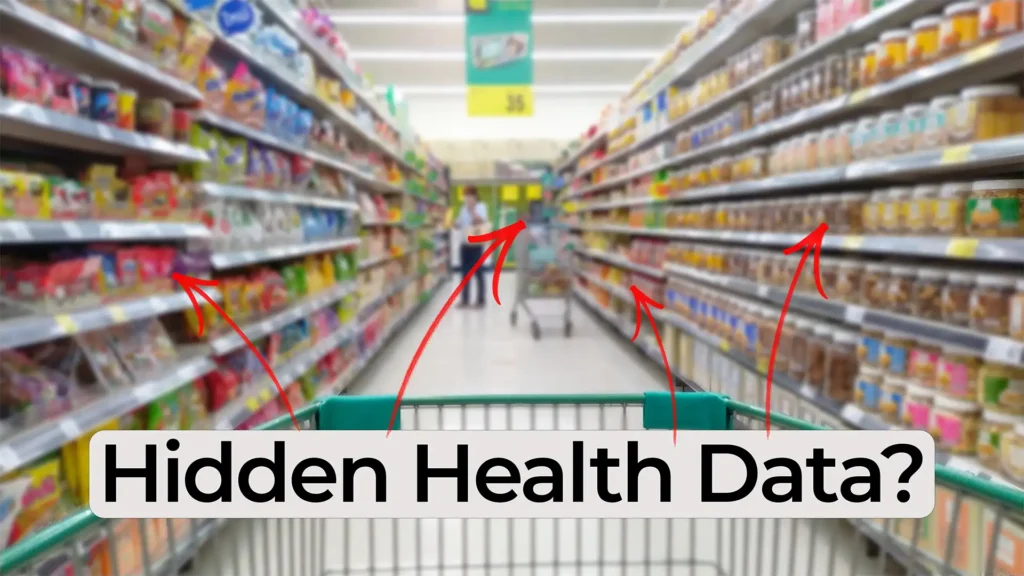
Anaerobic Sample Collection Explained
In this episode of Bio Break, microbiologist Nick Allan joins Nigel Syrotuck to explore how anaerobic sample collection works and why it’s vital for studying bacteria that cannot survive in oxygen. Using a specialized swab system, Nick demonstrates how engineers have designed a simple yet effective tool to create an oxygen-free environment for reliable microbiological sampling.
How Anaerobic Sample Collection Works
When collecting obligate anaerobic bacteria, even minimal oxygen exposure can be lethal. Nick explains that this new anaerobic sample collection device from Beckton Dickinson solves that problem with a clever two-stage design. After swabbing the target site, the sample is placed inside a sealed vial with a built-in catalyst. The catalyst removes oxygen by converting it into water, ensuring the sample remains intact for accurate testing.
The vial also includes a color-change indicator that shows when oxygen has been neutralized, giving users immediate feedback that the environment is anaerobic. It’s a small but powerful example of how smart device engineering improves microbiological workflows.
Why This Simple Design Matters
As Nick notes, the brilliance of this anaerobic transport system lies in its simplicity. Traditional anaerobic sampling often requires controlled lab environments or fume hoods, but this device allows users to collect and preserve samples in the field. Nigel highlights how this kind of intuitive, reliable design perfectly fits the Bio Break theme—celebrating small innovations that make big scientific impacts.
Learn More About Microbiology Tools
Episodes like this showcase how applied microbiology and thoughtful engineering intersect in MedTech. For more insights into laboratory tools and diagnostic device design, explore related episodes like:
Enjoying Bio Break? Sign up to get new episodes sent to your inbox.
Related Resources

In this Bio Break episode, Nick and Nigel explore a surprising and memorable microbiology fact that puts everyday hand hygiene into perspective.

Nick and Nigel explore how a surprisingly small set of sensors could be used to identify a wide range of common health conditions.

Nick walks through a practical Teflon tape lesson that came from real work supporting a mechanical test rig.

Consumer health prediction shapes more of daily life than most people realize. In this episode of Bio Break, Nick and Nigel explore how retail data can reveal health information without a person ever speaking to a clinician.
